The Hong Kong skyline is pierced by gaping voids. Huge holes in the middle of tall towers seem to defy aesthetic or structural logic. And the reason for this unusual architectural choice? Dragons.
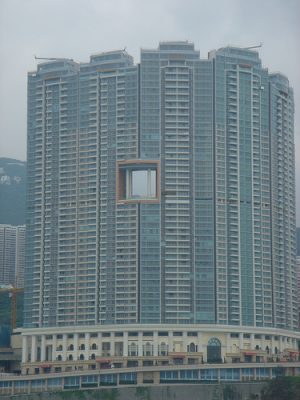
Such “dragon gates” are designed to let these mythical flying beasts pass from their hilltop homes down to the water each day and then return again each night. Considering the flow of dragons, air and energy is just one part of a much larger phenomenon: feng shui.
“Dismissed by Western skeptics as weirdly new-age, the art of feng shui is serious business in Hong Kong,” writes Megan Belt. “Feng shui, translated as ‘wind and water’ stems from the ancient art of geomancy, or connecting to the energy of the earth.” Among other things, feng shui is concerned with the relationship of buildings to the natural environment, including mountains, seas and skies. Proper positioning and flow paths are considered critical components of good urban feng shui.
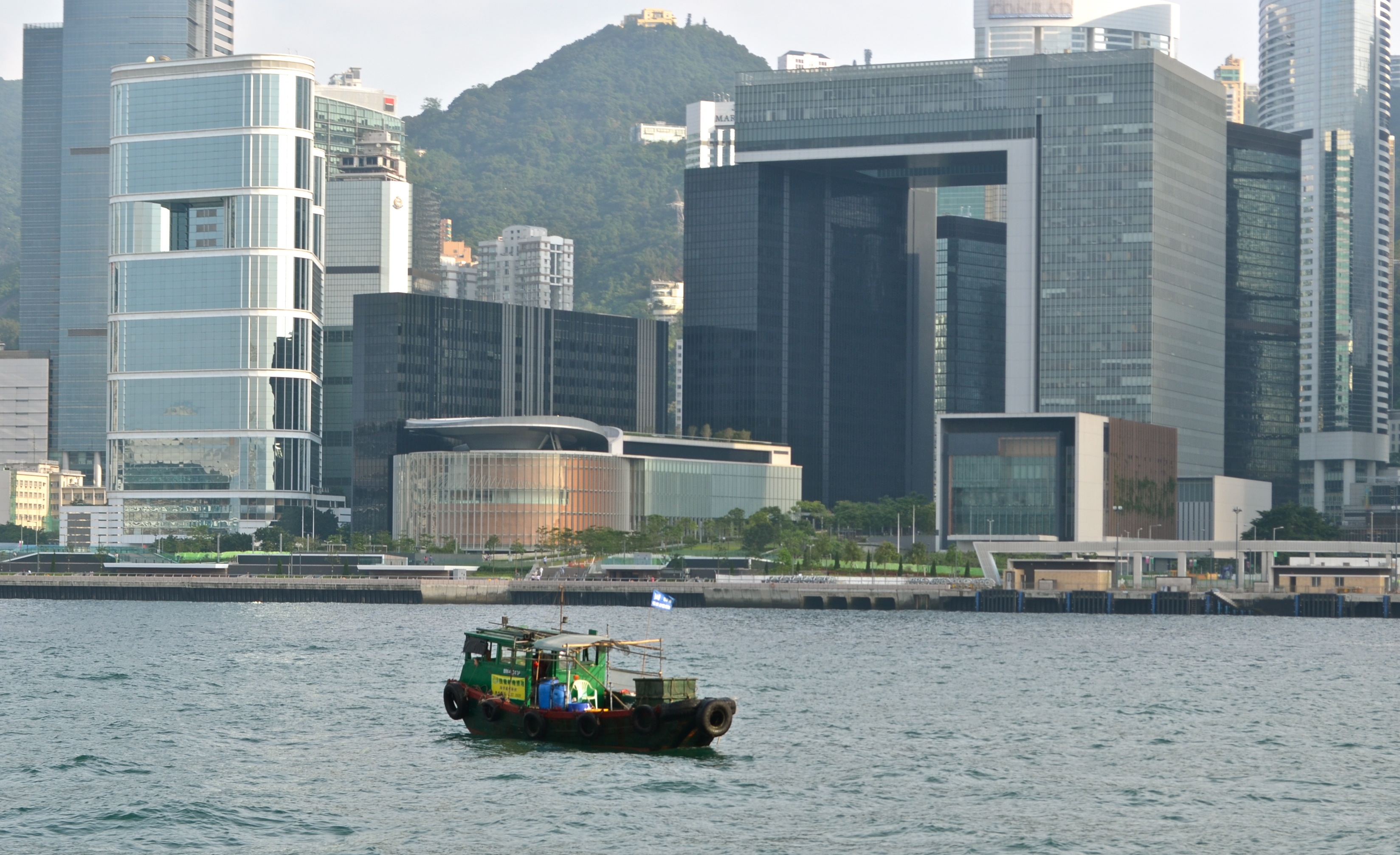
Following the Cultural Revolution, the practice of feng shui was seen by many on mainland China as needlessly superstitious. Yet in Hong Kong it persisted. Today, it is estimated there are as many professional practitioners as there are accountants or lawyers. While the scope of feng shui is also much broader, it deals with a variety of things in the realm of real estate, including interior design and urban planning.
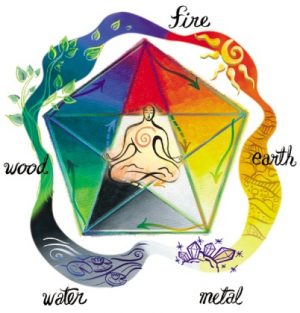
“Everything from the orientation of a building, the shape of the building, the position of the entrance and position of furniture within are believed to influence the prosperity of a business or the homeowner,” writes Kaushik. “Feng shui practitioners are consulted in almost every new home [or office plan and purchase]. Even enormous architectural and engineering projects around this island nation are dictated to a large degree by feng shui … examples of feng shui practice are almost everywhere in Hong Kong.”
Architects, even famous ones, ignore feng shui at their own peril.
A Tale of Two Towers

The sharp-edged Bank of China Tower by starchitect I.M. Pei was broadly criticized for failing to employ geomancers in developing the design. Concerned feng shui experts saw the angular shape as “cutting” the good fortune of adjacent buildings.
The skyscraper’s poor feng shui has since been blamed for adjacent companies going out of business and other mishaps. Many of the structure’s own floors remain empty to this day.
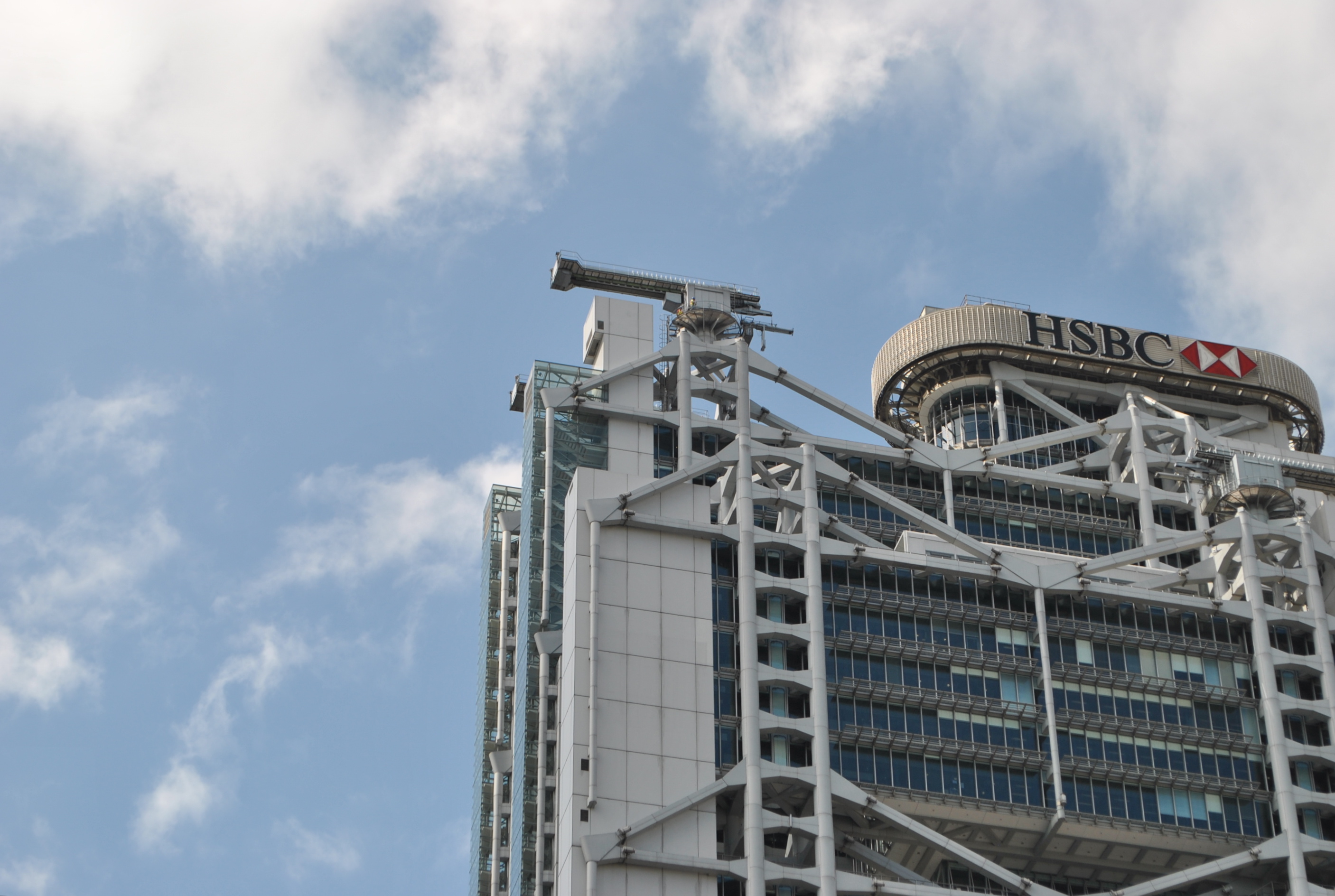
Nearby, the Hong Kong and Shanghai Bank building by Foster & Partners did take into account the advice of feng shui experts. Its architects have been lauded for their efforts, taking flow paths and views into account in the orientation and construction of the building.
Still, the HSBC building has to contend with the energies of its out-of-favor neighbor. Maintenance cranes that look like cannons have thus been mounted on top of the building as negative energy deflectors. These are aimed directly at the I.M. Pei structure.
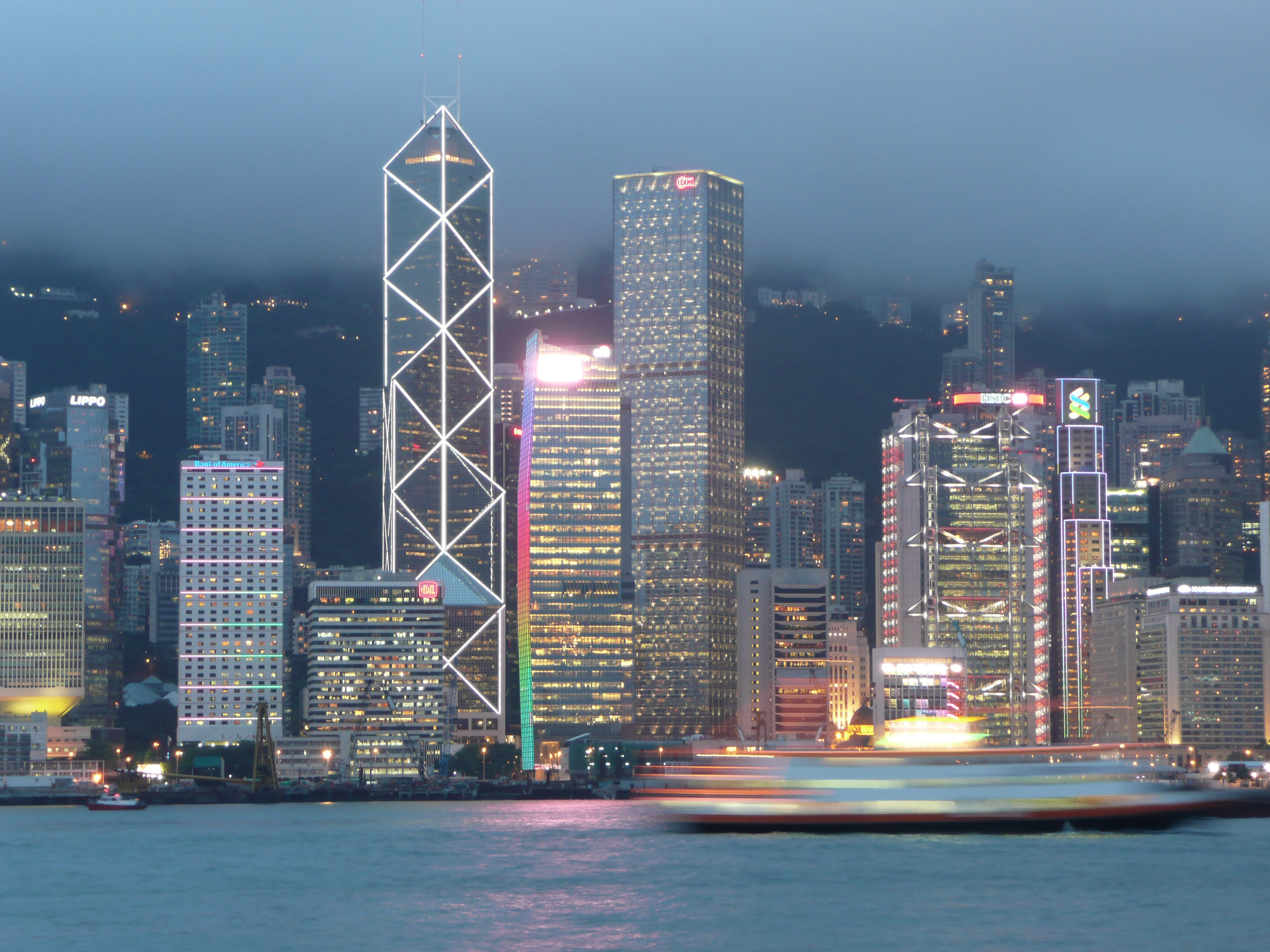
Some see this all as superstitious, but for Norman Foster, feng shui was a practical consideration as much as a cultural one: “If a building has good feng shui,” he said, “it’s probably also a good place to be.”
Indeed, the popularity of feng shui (and its resurgence in and beyond mainland China) goes beyond principles of spiritual harmony. Many designers see its dictates as guidelines for good design, whether or not its practitioners buy into the greater spiritual or philosophical context.
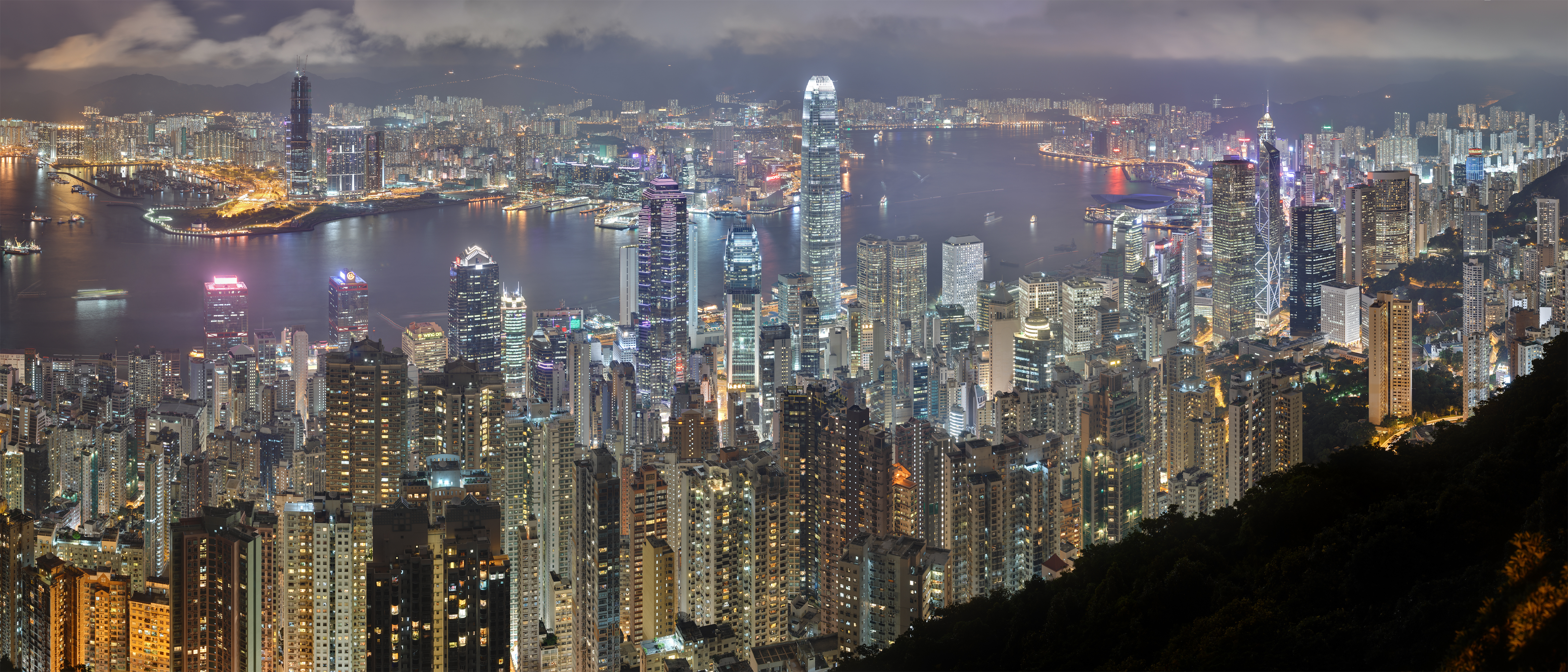



Comments (2)
Share
I worked at a warehouse in Kansas City, Mo which was owned by a company in Thailand. After several years of not making profit on the business, they instructed the maintenance man to install red-lights in part of the warehouse for feng shui reasons; however, we ridiculed the idea after they left because they failed to take the solition seriously and hire professionals to address our feng shui problems. Thankfully, they did also remove the CEO who was embezzling money.
The “dragon gate” myth is simply local folklore that came about after those buildings were constructed, not the reason the gaps/holes were included in the first place. Check out this article from CNN.com: https://edition.cnn.com/style/article/hong-kong-skyscrapers-with-holes/index.html.